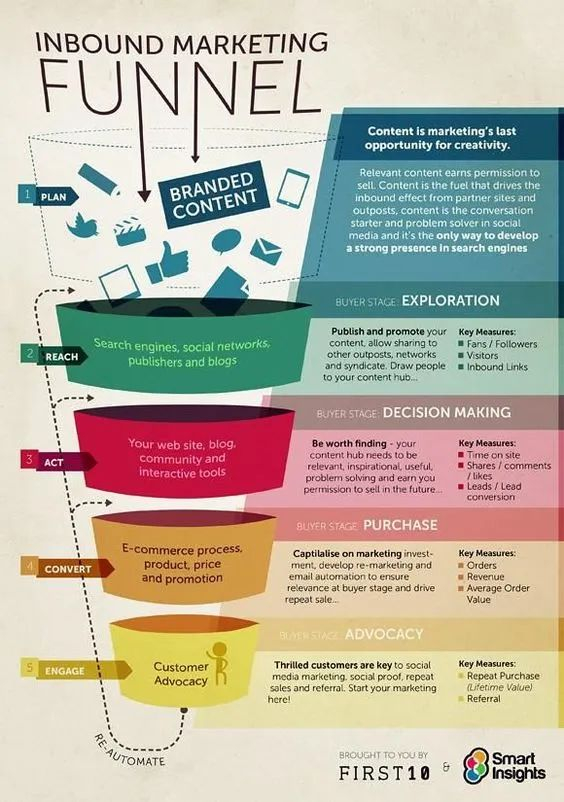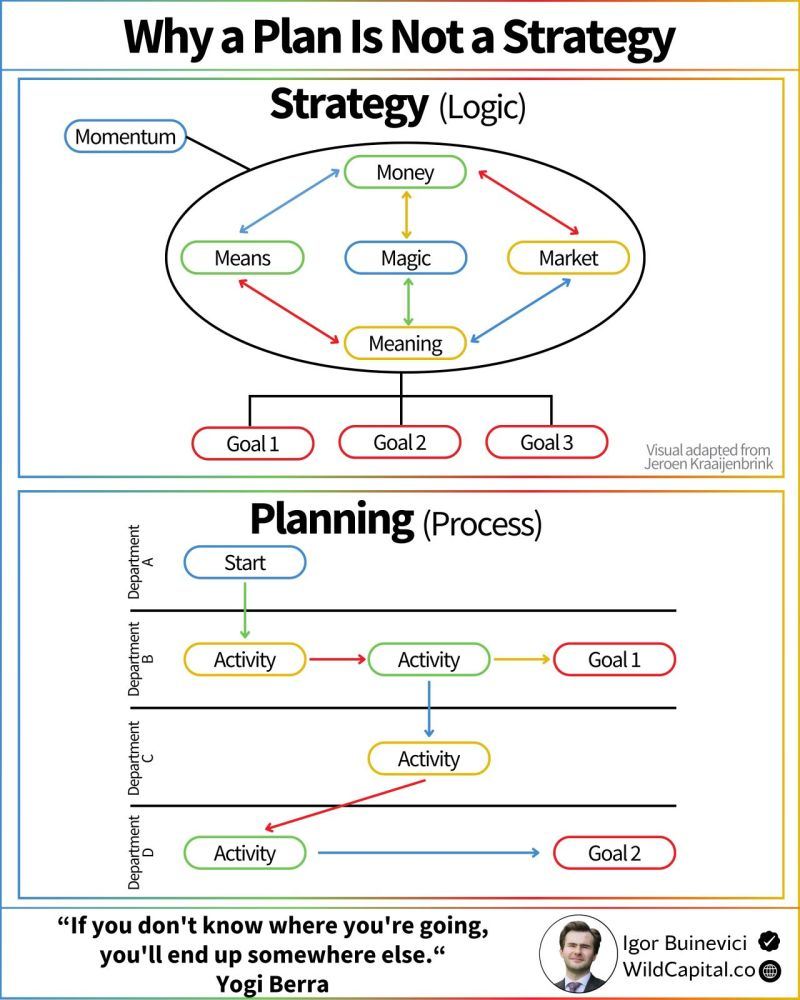Your stress response is killing your potential.
These 12 phrases put you back in control:
You're drowning in deadlines, impossible demands, and endless urgency.
Your reactions are amplifying the chaos, not calming it.
Control is closer than you think.
12 power phrases that change everything:
1. "I need a minute to think this through"
↳ Get water. Movement breaks thought spirals
2. "Help me understand your perspective"
↳ Take notes. Forces your brain to process not react
3. "That's interesting - can you tell me more?"
↳ Count to 3 silently. Breaks your reaction pattern
4. "I notice I'm feeling reactive right now"
↳ Hand on chest. Physical anchor stops emotional spiral
5. "Let's pause and come back to this"
↳ Schedule a follow-up now to make your pause productive
6. "What would a good outcome look like for you?"
↳ Do a quick timeline together to make success tangible
7. "I appreciate you bringing this to my attention"
↳ Take a sip of water to give you processing time
8. "I see this differently, but I'm curious about your view"
↳ Uncross your arms. Open body language creates real connection
9. "Can we explore other options together?"
↳ Grab a pen. Physical writing grounds racing thoughts
10. "I'm not ready to decide yet"
↳ Set a specific deadline to remove pressure without procrastinating
11. "What am I missing here?"
↳ Turn your chair slightly. A new physical perspective shifts mental blocks
12. "Let me reflect on that and get back to you"
↳ Block 15 minutes now. Guarantees follow-through
Your next reaction is a choice.
Make it intentional.
Which phrase becomes your power move today?
Your stress response is killing your potential.
These 12 phrases put you back in control:
You're drowning in deadlines, impossible demands, and endless urgency.
Your reactions are amplifying the chaos, not calming it.
Control is closer than you think.
12 power phrases that change everything:
1. "I need a minute to think this through"
↳ Get water. Movement breaks thought spirals
2. "Help me understand your perspective"
↳ Take notes. Forces your brain to process not react
3. "That's interesting - can you tell me more?"
↳ Count to 3 silently. Breaks your reaction pattern
4. "I notice I'm feeling reactive right now"
↳ Hand on chest. Physical anchor stops emotional spiral
5. "Let's pause and come back to this"
↳ Schedule a follow-up now to make your pause productive
6. "What would a good outcome look like for you?"
↳ Do a quick timeline together to make success tangible
7. "I appreciate you bringing this to my attention"
↳ Take a sip of water to give you processing time
8. "I see this differently, but I'm curious about your view"
↳ Uncross your arms. Open body language creates real connection
9. "Can we explore other options together?"
↳ Grab a pen. Physical writing grounds racing thoughts
10. "I'm not ready to decide yet"
↳ Set a specific deadline to remove pressure without procrastinating
11. "What am I missing here?"
↳ Turn your chair slightly. A new physical perspective shifts mental blocks
12. "Let me reflect on that and get back to you"
↳ Block 15 minutes now. Guarantees follow-through
Your next reaction is a choice.
Make it intentional.
Which phrase becomes your power move today?
0 Commenti
0 condivisioni
213 Views
0 Anteprima








